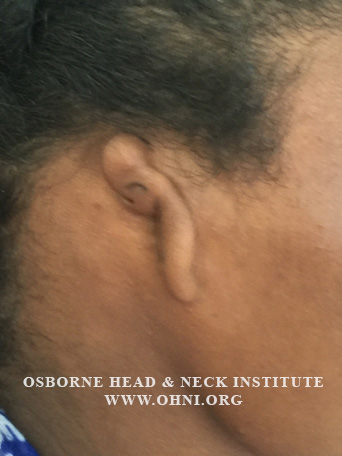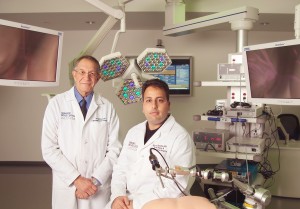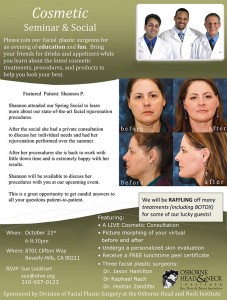- Folded Ear in Newborns: Treatment Options - April 11, 2018
- Newborn Ear Deformity: What Can Be Done? - April 11, 2018
- Ear Molding: An Overview - November 2, 2017
- Otoplasty for Protruding Ears - September 26, 2017
- Basal Cell Carcinoma: Facial Reconstruction Timing - September 26, 2017
- Clinical Considerations of Mohs Reconstruction of Cheek Defect - September 26, 2017
- Basal Cell Carcinoma: Nasal Bridge Reconstruction - September 26, 2017
- Skin Cancers Involving the Eyebrow: Clinical Considerations - October 3, 2016
- Treatment of Multiple Skin Cancer Lesions - June 1, 2016
- Skin Cancer: Nasal Reconstruction and Scar Management - June 1, 2016

- Risks of Surgery for Surfer’s Ear - October 26, 2017
- The Dangers of Untreated Exostosis / Surfer’s Ear - October 26, 2017
- Surfer’s Ear Treatment: Chisel vs Drill - October 26, 2017
Question: My child has been born without one ear. What should I do?
Discussion:
Microtia is a relatively common congenital ear deformity where the ear is either underdeveloped or completely absent (also referred to as anotia). It can be associated with a narrow ear canal or no ear canal at all. Depending on the degree of the deformity, various surgical techniques can be used to reconstruct the ear. Microtia is usually classified on the degree of ear development. The most common classification is grade III microtia. In this grade most of the external ear or pinna is not formed and there is no ear canal present.
Grades of Microtia
- Grade I: Slight underdevelopment of the external ear and external ear canal. Normal ear structure and landmarks are preserved.
- Grade II: Partially undeveloped external ear with absence of classic ear structure and landmarks. The external ear canal is typically sealed/obstructed. Middle ear structures such as the ear drum are present. Conductive hearing loss is typical.
- Grade III: Near total absence of identifiable external ear structure, external ear canal, and ear drum.
- Grade IV: Complete absence of the external ear, external ear canal, and ear drum.
Treatment
Several surgical techniques have been used to reconstruct the deformed ear. One technique uses cartilage, typically harvested from the ribs to reconstruct the shape of an ear. This is then implanted in the skin behind the malformed ear and raised, in stages, to look more like a normal ear. Another technique uses an implantable material such as Medpore® that is already shaped to resemble an ear. This is provided with blood supply and covered with the patient’s own skin. This technique usually requires one stage.

The absence of an ear canal leads to a type of hearing loss referred to as conductive hearing loss. Restoration of hearing can be accomplished by either of the following methods:
- Implantable Hearing Aid: An implantable hearing aid can be used to transmit the sound waves through the bones of the skull and restore some of the hearing.
- Reconstruction: In some patients, the ear canal can be re-constructed to restore natural hearing.
The procedures above are typically performed after the patient is at least 6 years of age to ensure that the other ear has fully grown to adult size for comparison.
To learn more about microtia or Drs. Zandifar and Nazarian, please visit: www.ohni.org.



